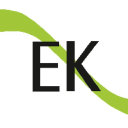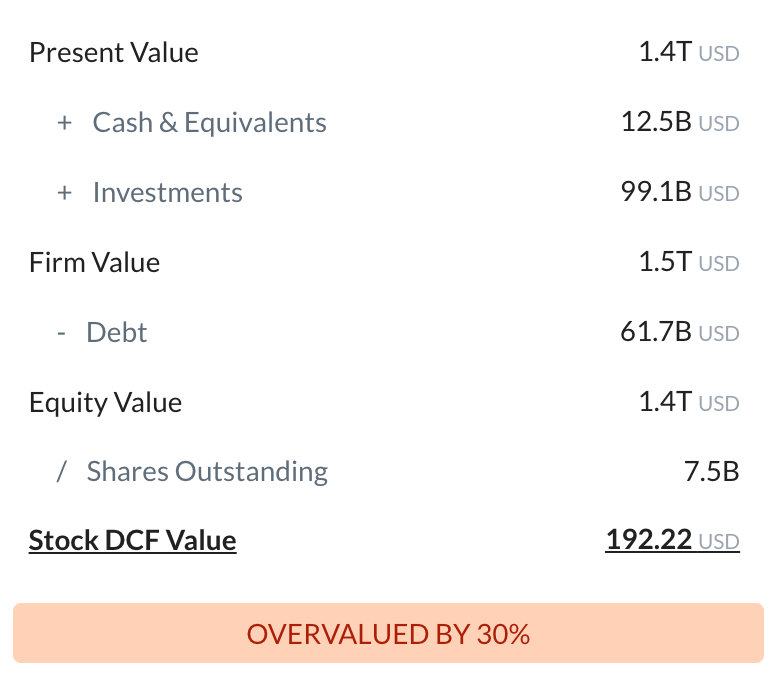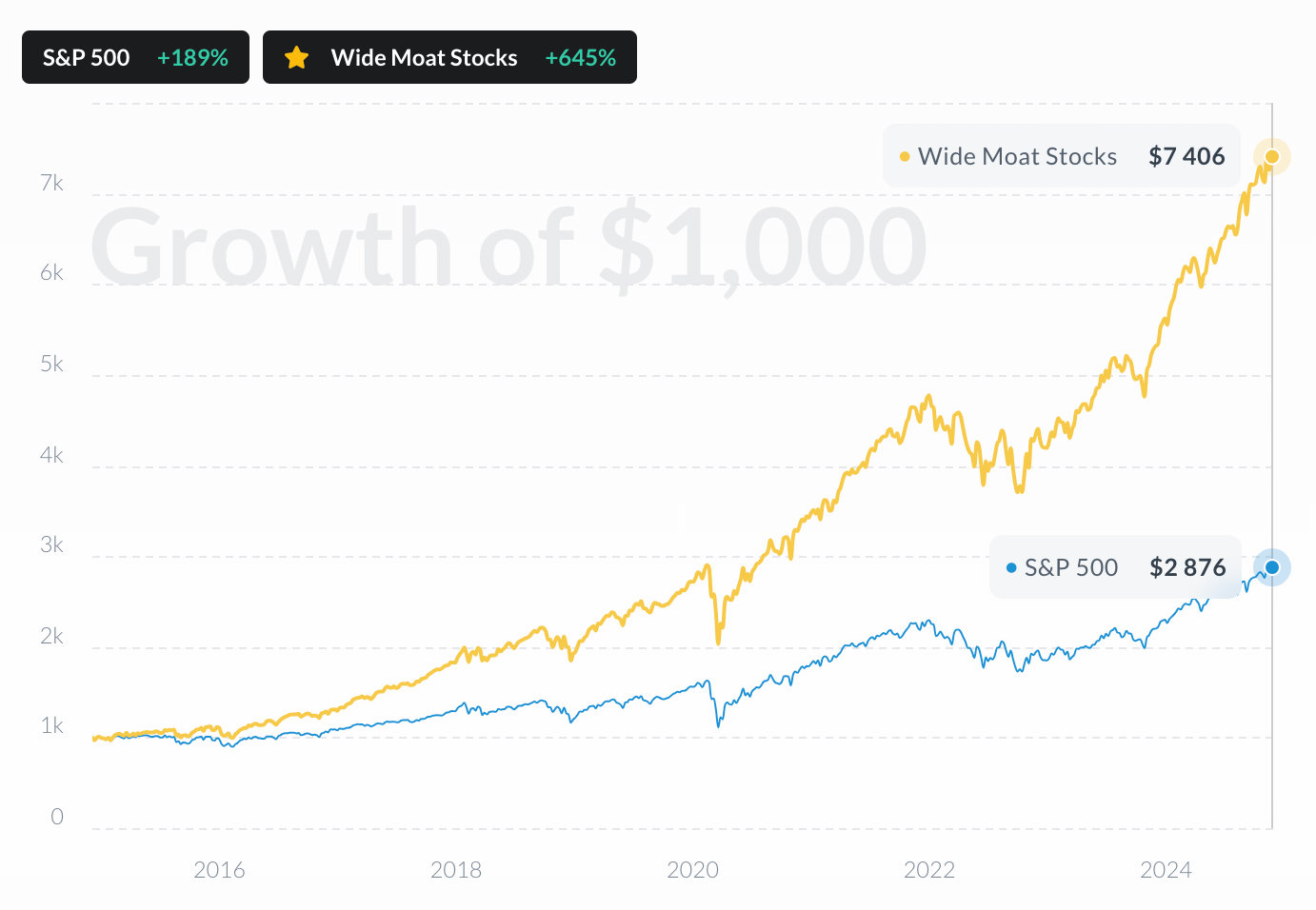
Apple Inc
NASDAQ:AAPL


| US |

|
Johnson & Johnson
NYSE:JNJ
|
Pharmaceuticals
|
| US |

|
Berkshire Hathaway Inc
NYSE:BRK.A
|
Financial Services
|
| US |

|
Bank of America Corp
NYSE:BAC
|
Banking
|
| US |

|
Mastercard Inc
NYSE:MA
|
Technology
|
| US |

|
UnitedHealth Group Inc
NYSE:UNH
|
Health Care
|
| US |

|
Exxon Mobil Corp
NYSE:XOM
|
Energy
|
| US |

|
Pfizer Inc
NYSE:PFE
|
Pharmaceuticals
|
| US |

|
Palantir Technologies Inc
NYSE:PLTR
|
Technology
|
| US |

|
Nike Inc
NYSE:NKE
|
Textiles, Apparel & Luxury Goods
|
| US |

|
Visa Inc
NYSE:V
|
Technology
|
| CN |

|
Alibaba Group Holding Ltd
NYSE:BABA
|
Retail
|
| US |

|
JPMorgan Chase & Co
NYSE:JPM
|
Banking
|
| US |

|
Coca-Cola Co
NYSE:KO
|
Beverages
|
| US |

|
Walmart Inc
NYSE:WMT
|
Retail
|
| US |

|
Verizon Communications Inc
NYSE:VZ
|
Telecommunication
|
| US |

|
Chevron Corp
NYSE:CVX
|
Energy
|
Utilize notes to systematically review your investment decisions. By reflecting on past outcomes, you can discern effective strategies and identify those that underperformed. This continuous feedback loop enables you to adapt and refine your approach, optimizing for future success.
Each note serves as a learning point, offering insights into your decision-making processes. Over time, you'll accumulate a personalized database of knowledge, enhancing your ability to make informed decisions quickly and effectively.
With a comprehensive record of your investment history at your fingertips, you can compare current opportunities against past experiences. This not only bolsters your confidence but also ensures that each decision is grounded in a well-documented rationale.
Do you really want to delete this note?
This action cannot be undone.

| 52 Week Range |
172.42
286.19
|
| Price Target |
|
We'll email you a reminder when the closing price reaches USD.
Choose the stock you wish to monitor with a price alert.

|
Johnson & Johnson
NYSE:JNJ
|
US |

|
Berkshire Hathaway Inc
NYSE:BRK.A
|
US |

|
Bank of America Corp
NYSE:BAC
|
US |

|
Mastercard Inc
NYSE:MA
|
US |

|
UnitedHealth Group Inc
NYSE:UNH
|
US |

|
Exxon Mobil Corp
NYSE:XOM
|
US |

|
Pfizer Inc
NYSE:PFE
|
US |

|
Palantir Technologies Inc
NYSE:PLTR
|
US |

|
Nike Inc
NYSE:NKE
|
US |

|
Visa Inc
NYSE:V
|
US |

|
Alibaba Group Holding Ltd
NYSE:BABA
|
CN |

|
JPMorgan Chase & Co
NYSE:JPM
|
US |

|
Coca-Cola Co
NYSE:KO
|
US |

|
Walmart Inc
NYSE:WMT
|
US |

|
Verizon Communications Inc
NYSE:VZ
|
US |

|
Chevron Corp
NYSE:CVX
|
US |
This alert will be permanently deleted.
Intrinsic Value
The intrinsic value of one
 AAPL
stock under the Base Case scenario is
178.55
USD.
Compared to the current market price of 278.78 USD,
Apple Inc
is
Overvalued by 36%.
AAPL
stock under the Base Case scenario is
178.55
USD.
Compared to the current market price of 278.78 USD,
Apple Inc
is
Overvalued by 36%.
The Intrinsic Value is calculated as the average of DCF and Relative values:

Let our AI compare Alpha Spread’s intrinsic value with external valuations from Simply Wall St, GuruFocus, ValueInvesting.io, Seeking Alpha, and others.
Let our AI break down the key assumptions behind the intrinsic value calculation for Apple Inc.
| KR |

|
Samsung Electronics Co Ltd
KRX:005930
|
|
| CN |
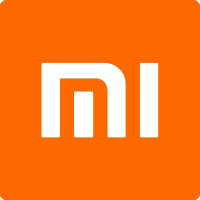
|
Xiaomi Corp
HKEX:1810
|
|
| US |

|
Dell Technologies Inc
NYSE:DELL
|
|
| IE |

|
Seagate Technology Holdings PLC
NASDAQ:STX
|
|
| US |
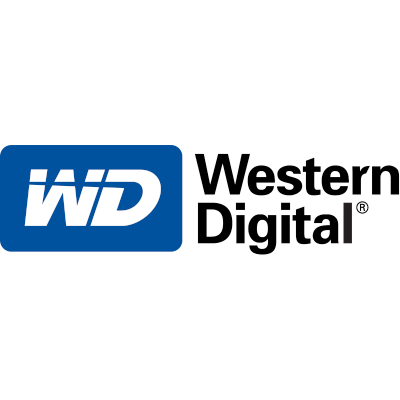
|
Western Digital Corp
NASDAQ:WDC
|
|
| SG |
S
|
Seagate Technology Holdings PLC
XBER:847
|
|
| TW |

|
Quanta Computer Inc
TWSE:2382
|
|
| US |
S
|
SanDisk Corp
NASDAQ:SNDK
|
|
| US |
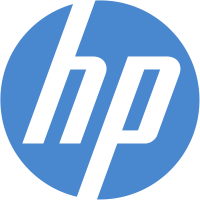
|
Hewlett Packard Enterprise Co
NYSE:HPE
|
|
| TW |

|
Wiwynn Corp
TWSE:6669
|
Fundamental Analysis
Select up to 3 indicators:
Select up to 3 indicators:
The company’s heavy reliance on iPhone sales leaves its overall revenue vulnerable if the smartphone market slows or consumers shift toward more cost-effective alternatives.
Increasing competition from Chinese and other global smartphone manufacturers could erode Apple’s premium pricing power and squeeze margins.
Supply chain disruptions, particularly in key manufacturing regions, could result in production bottlenecks that limit Apple’s ability to meet product demand and maintain profitability.
Apple’s robust ecosystem, anchored by iPhone, Mac, and iPad, cultivates strong customer loyalty and recurring hardware upgrade cycles that drive revenue stability.
Growing services like Apple Music, iCloud, and Apple TV+ present higher-margin recurring revenue streams and reduce Apple’s dependence on hardware cycles.
Continued innovation in wearables and emerging areas like AR/VR could unlock new revenue sources, boost cross-selling opportunities, and further entrench Apple’s ecosystem advantages.
Revenue & Expenses Breakdown
Apple Inc

Balance Sheet Decomposition
Apple Inc

| Current Assets | 148B |
| Cash & Short-Term Investments | 54.7B |
| Receivables | 73B |
| Other Current Assets | 20.3B |
| Non-Current Assets | 211.3B |
| Long-Term Investments | 77.7B |
| PP&E | 49.8B |
| Other Non-Current Assets | 83.7B |
| Current Liabilities | 165.6B |
| Accounts Payable | 69.9B |
| Short-Term Debt | 8B |
| Other Current Liabilities | 87.8B |
| Non-Current Liabilities | 119.9B |
| Long-Term Debt | 78.3B |
| Other Non-Current Liabilities | 41.5B |
Free Cash Flow Analysis
Apple Inc

| USD | |
| Free Cash Flow | USD |
Earnings Waterfall
Apple Inc

|
Revenue
|
416.2B
USD
|
|
Cost of Revenue
|
-221B
USD
|
|
Gross Profit
|
195.2B
USD
|
|
Operating Expenses
|
-62.2B
USD
|
|
Operating Income
|
133.1B
USD
|
|
Other Expenses
|
-21B
USD
|
|
Net Income
|
112B
USD
|
AAPL Profitability Score
Profitability Due Diligence

Apple Inc's profitability score is 77/100. The higher the profitability score, the more profitable the company is.

Score
Apple Inc's profitability score is 77/100. The higher the profitability score, the more profitable the company is.
AAPL Solvency Score
Solvency Due Diligence

Apple Inc's solvency score is 59/100. The higher the solvency score, the more solvent the company is.

Score
Apple Inc's solvency score is 59/100. The higher the solvency score, the more solvent the company is.
Wall St
Price Targets
AAPL Price Targets Summary
Apple Inc

According to Wall Street analysts, the average 1-year price target for
 AAPL
is 286.45 USD
with a low forecast of 217.15 USD and a high forecast of 341.25 USD.
AAPL
is 286.45 USD
with a low forecast of 217.15 USD and a high forecast of 341.25 USD.
Dividends
Current shareholder yield for  AAPL is
.
AAPL is
.
Shareholder yield represents the total return a company provides to its shareholders, calculated as the sum of dividend yield, buyback yield, and debt paydown yield. What is shareholder yield?
The intrinsic value of one
 AAPL
stock under the Base Case scenario is
178.55
USD.
AAPL
stock under the Base Case scenario is
178.55
USD.
Compared to the current market price of 278.78 USD,
 Apple Inc
is
Overvalued by 36%.
Apple Inc
is
Overvalued by 36%.



